Canadian Space Telescope CASTOR Aims to Take the Reins from Hubble
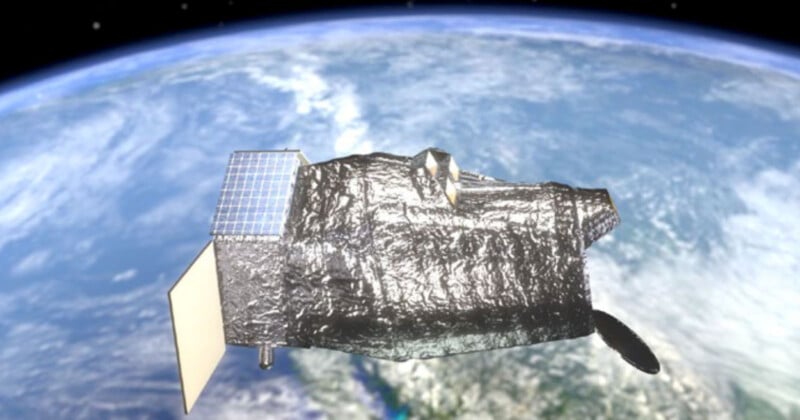
Although the Hubble Space Telescope has had a heck of a run, it cannot last forever. Astronomers have been planning for Hubble’s retirement for many years, and a Canadian telescope called CASTOR may be the best candidate to fill the inevitable void in ultraviolet space exploration.
Some may be thinking, “But wait, isn’t the James Webb Space Telescope the replacement for Hubble?” The short answer is “Not quite.” Just like Webb has capabilities that Hubble lacks, especially with infrared light, Hubble does science that Webb cannot within ultraviolet and visible wavelengths. Ultraviolet astronomy is an essential way to learn about many objects and processes in the Universe, including the gas surrounding Saturn, the auroras in the atmospheres of other planets, and areas of star formation.
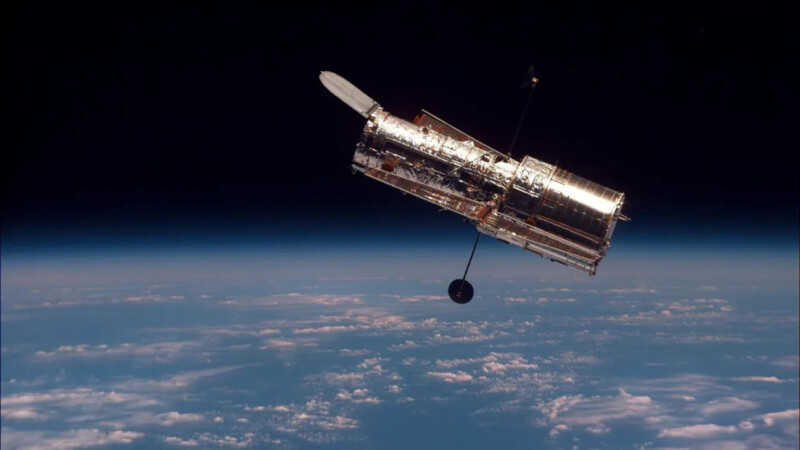
Hubble continues to do incredible scientific work and has proven to be one of the most important and influential space missions ever undertaken. However, the telescope is on borrowed time. It has overcome numerous glitches and issues through the years, including one last month that took the telescope offline for a couple of weeks. Although Hubble could remain operational until a proper replacement makes its way into space, that is far from guaranteed.
As for Hubble’s potential successors, the Canadian Space Agency’s Cosmological Advanced Survey Telescope for Optical and uv Research (CASTOR), looks very promising. It aims to operate close to its physical diffraction limit, meaning it promises the best possible angular resolution with the size of its mirror (one meter). By the way, “castor” is French for beaver, one of Canada’s most iconic animals.
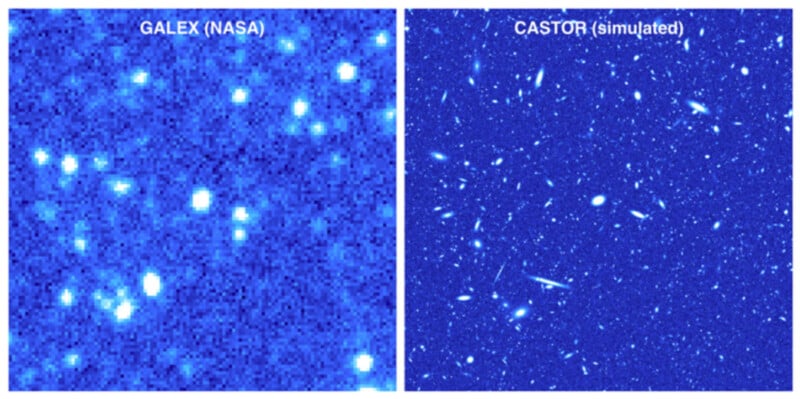
CASTOR should deliver a spatial resolution similar to that of Hubble but with 100 times the field of view coverage. The CASTOR mission concept began in 2010 when the Canadian astronomical community broadly outlined its goals for the following decade. It concluded that a significant investment was required to create the equipment needed as humanity begins the next chapter in its cosmological investigations. In the subsequent report released in 2020, CASTOR was selected as Canada’s highest priority from 2021 through 2030.
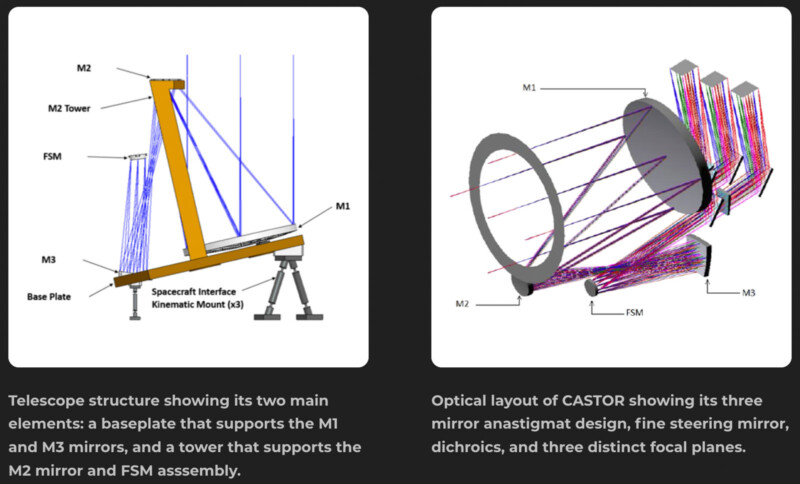
CASTOR is slated for a 2029 launch, and Canadian legislators are currently working to determine how the project’s funding will fit into the national budget. CASTOR is anticipated to cost about $350 million USD, with Canada expected to contribute about 60% to the cost, with global partners covering the shortfall.
As Space reports, while CASTOR’s design is ready and international and industrial partners are on board, the mission requires the commitment of the Canadian government.


“Hubble is almost 30 years old. It’s been an amazing workhorse, but it’s not going to last forever,” CASTOR lead team member Sarah Gallagher, the president of the Canadian Astronomical Society (CACSA) and an astrophysicist at Ontario’s Western University, tells Space. “We’re really in a beautiful position based on all of the work that we’ve done, and choosing to tailor the requirements so that it really fits this niche. That’s really exciting, scientifically.”
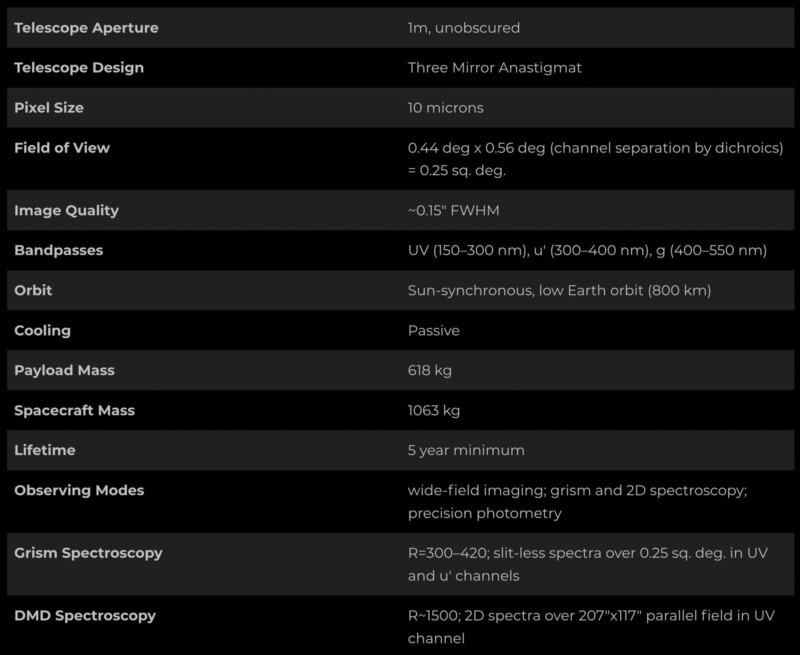
While Castor is still years away from entering space, assuming it ever gets to that point, some basic details of the craft have been determined. It will operate from 150 to 550 nanometers, ranging from the ultraviolet to the visible light spectrum. The mission will study dark energy and dark matter, perform echo mapping of galactic nuclei, characterize areas of star formation, study the chemical history of nearby galaxies and star clusters, identify new galactic satellites, help reconstruct the stellar history of the Milky Way, investigate exoplanets, and much more.